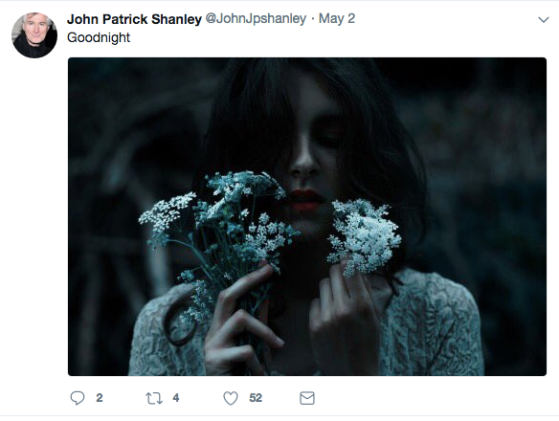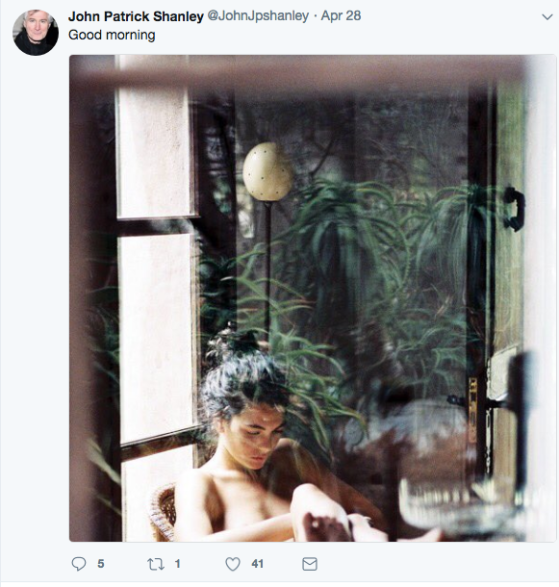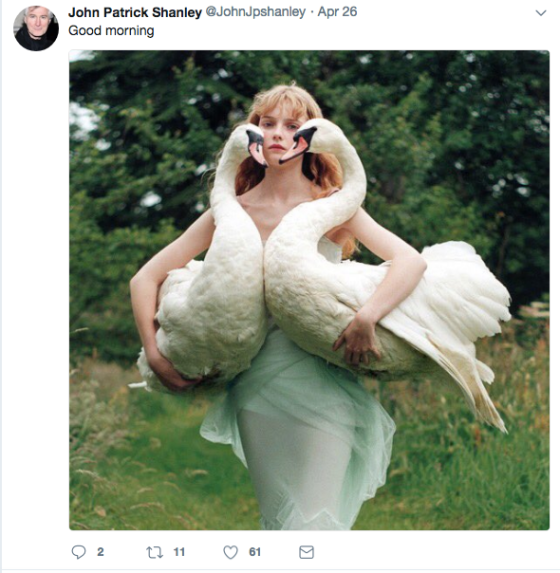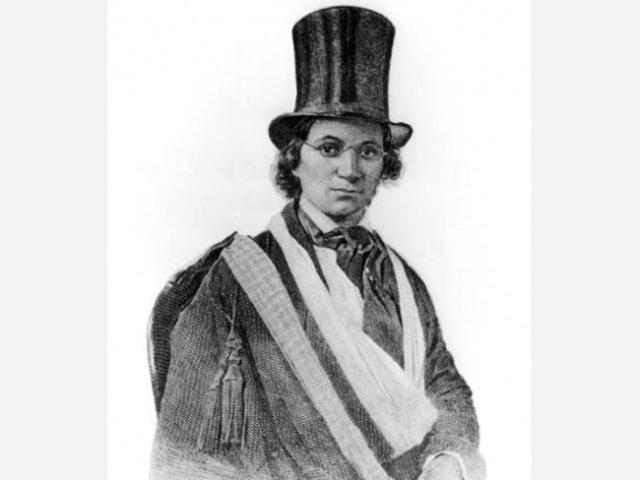Skeleton Crew Response
So, I saw Skeleton Crew (at the Calderwood Pavilion produced by the Huntington Theatre Company). My first Dominique Morisseau play I have ever seen. As a black theatre artist, I am ashamed that this was the first play of hers I have ever heard after learning about her name in the past few years. I could shame myself even more for not being more proactive in researching her name or claiming her as part of my aesthetic just because she is a black female theatre artist…but I’ll let myself slide. I’ll be okay because no one had brought her my attention in a formal way. One day, people just talked about Morisseau as if I should know about her already. Understandable, she deserves this respect. I admire the secret and elegant way her work has plopped into my life. And, in fact, I am going to do an entire 180 degrees in this paragraph to say I am glad the first time I saw or heard her words, I heard them played in a dark room with bodies right beside me.
Skeleton Crew was loud. The first thing I clocked and responded to was the projection at which these characters spoke. As if they knew we were listening to them. As if they knew I was all the way up in the mezzanine, four rows from the back. But they never addressed us. The set was very realistic to a break room and they looked at each other because, duh, they were talking to each other and we were there to observe…? They played for us, but they spoke for each other. Because they knew if they played, the people would listen in the audience.
I appreciated that this piece was done on a huge proscenium stage, but it made me think what if the drama was done in an amphitheater. I wanted to surround them with the bodies beside me in a dark room because the world seemed flat. The set design made me think there was a greater world they’d constructed out there, but here was where we were meant to be. The break room was pushed forward, taking up one-third of the stage. In back of the break room was space covered in a blue-ish or purple-ish wash of light. And when characters would exit through doors they would go back to space. How peculiar. My belief was not suspended in regards to the space the team had built for me. We all knew they were going nowhere. We all knew they were not going back to work. We all knew they weren’t going to the bathroom, but we humored them. These characters stood their ground and their intentions so fiercely that I knew they were going somewhere. Just not where the text told me they were going.
My mind further expands on this idea of these workers in Detroit who are part of this cycle/progression, a stall and stop, if you will. And no, not Dominique Morisseau’s cycle, a grandeur one that I can infer she is commenting on. The cycle of the lower class black person. Not necessarily a cycle of poverty, but pretty darn close. Work is where we, black people go, where we, the black people, need the money. If we miss a day, we’re $70 short of rent. Short of supporting ourselves and our families. And in that work day, maybe in that break room, we, black people, eat our lunch to devise a way to get through the stinging feet, devise a way to survive out in a less safe world (maybe it is less safe, we can never be too sure when you think about where black people work). So, as we, black people, sit in that break room, we breathe, we are really seen in a place where we can air our grievances or nap or whatever. But when we exit into the space back…there…to that other side of us, black people, we cannot be diluted down to a mere break anymore. We’ve gone to a more spacious, less sure, deep world. An all consuming world. Where we, black people, have a conviction, you, other people, just aren’t privy to what dat isssssssss.
The director, Megan Sandberg-Zakian, confirmed my leaps and inferences and excitement. She knew what she was doing. And if I’m right or wrong or on the right track, I knew I was taken care of by this creative team. The transition lived in a dissonant place from the action of each scene. The machine working above the action of the characters with part of cars moving back and forth, dancing to contemporary, techno, “black?” Music — and these parts slowly faded away one by one in contrast to the fire between the characters sped up and blew up in their faces for better or for worse.
I’ll conclude with talking about the post-show discussion the Huntington held after the show. Between the audience members and the literary manager. They wanted to get the audience members to discuss with each other and unpack. I appreciated this moment mostly because I was excited to hear what all these older white people had to say. Aahhh millennials favorite phrase “old white people,” even young white people say it now! And well, yes, I was the only black person in there left. And yes, I responded to the man who claimed the play was not about race because none of these black people said “race” or “i’m black.” And yes, he heard me, and then, yes, this white man said, “and now I see! It’s more about class. you can plug any group of people in lower-middle class into this play and it would still ring true…” Hmm…how do we explain intersectionality without throwing around the term intersectionality willy nilly. I said, “people, all things can be true at the same time. do not put your poor white people in this play and say it’s by Dominique Morisseau because that is a completely different thing. BUT, write that play and I’m sure it will be in conversation with this beautiful text of action.”
**these quotes are actually paraphrased, but trust, how you are reading them is how it felt to listen to and posit back to**




